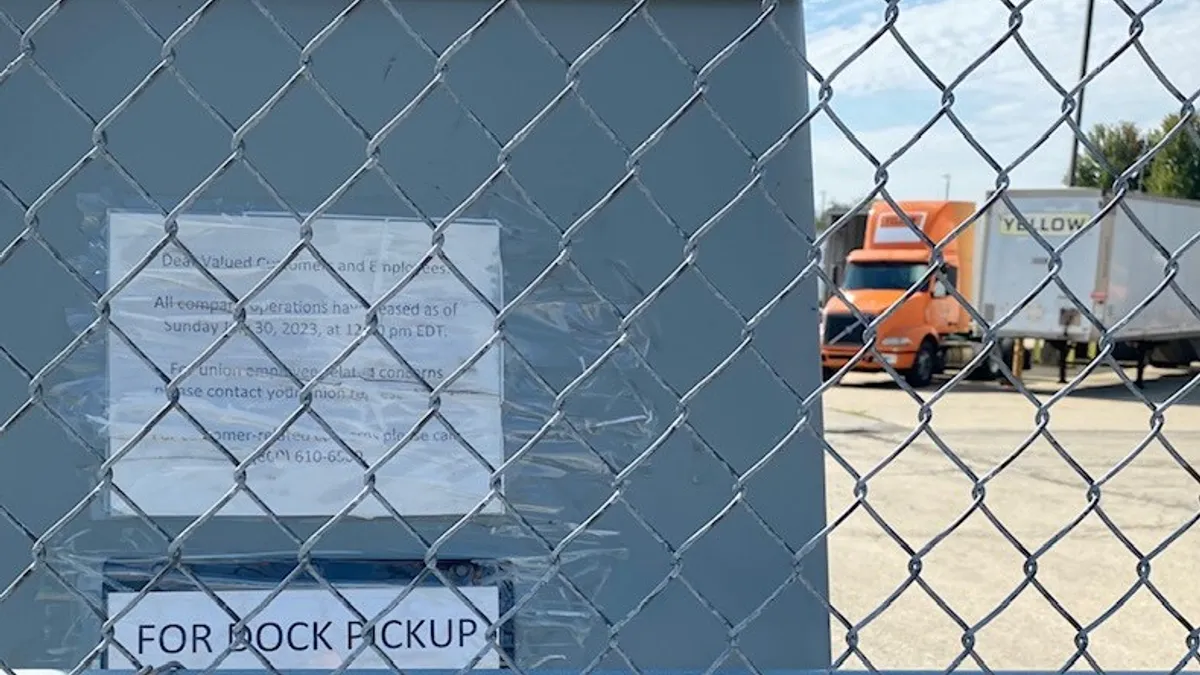CHICAGO — When Yellow Corp. ceased operations at the end of July, the trucking industry quickly responded to shippers’ calls to rescue stranded freight and get it delivered.
During the Journal of Commerce Inland Distribution Conference last month, industry leaders detailed a frenzied two weeks of rescuing Yellow customers’ shipments after the carrier shuttered in late July.
AFS Logistics CEO Tom Nightingale said there were many rescued loads in the days that followed Yellow’s shutdown.
“Overall, I think the industry pulled together nicely at a point in time where they needed to and freight all got served,” the chief executive of the Shreveport, Louisiana-based company said.
Nicole Glenn, founder and CEO of Plano, Texas-based Candor Expedite, said her business was among those responding to requests to recover stranded Yellow shipments.
“We did try to get some of that freight from some terminals, and it was a challenge,” she said.
A freight-hungry industry jumped into action amid Yellow’s demise. Many LTL carriers including ArcBest, Saia, TForce Freight and XPO reported volume gains in August as Yellow’s customers fled the troubled company in the weeks leading up to its eventual closure.
Nightingale said Yellow was known for its low rates, so when it left the market, shippers likely were stuck by “sticker shock.”
“People using Yellow in the past and using [Old Dominion Freight Line] … now, you have some sticker shock and you’re going to have to get used to that,” he said.
Being a low-rate carrier likely led to Yellow’s downfall, the speakers said. Nightingale said Yellow reached a point where its expenses exceeded its revenues.
Over the last year, Yellow’s operating income took a hit in Q1, posting an operating loss of $9.3 million.
Rising operating costs from more expensive fuel to increasing wages also did not help Yellow’s situation, said Heather Dohrn, chief commercial officer for Dohrn Transfer in Rock Island, Illinois.
“I think the real lesson here is a responsible carrier is going to make sure they’re covering their costs and they understand their costs,” Dohrn said.












